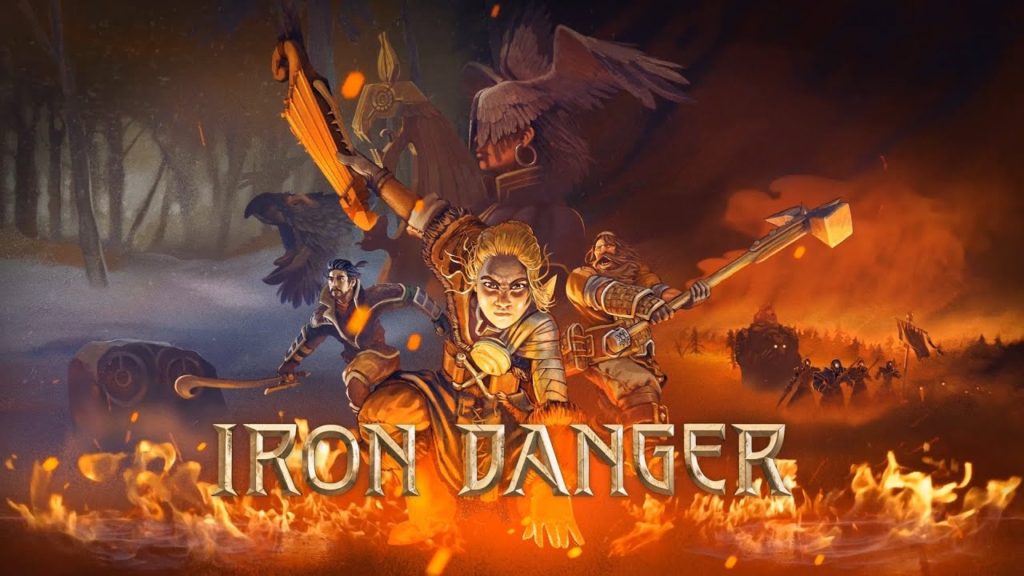
The tactical strategy genre is massive at this point, with new indie entries spawning constantly and a variety of gameplay styles falling under the umbrella of “strategy game”. Most of these releases are fantasy-based with RPG elements and anymore, it’s extremely hard to stand out with a unique idea, but Iron Danger from Action Squad Studios and published by Daedalic Entertainment certainly manages it!
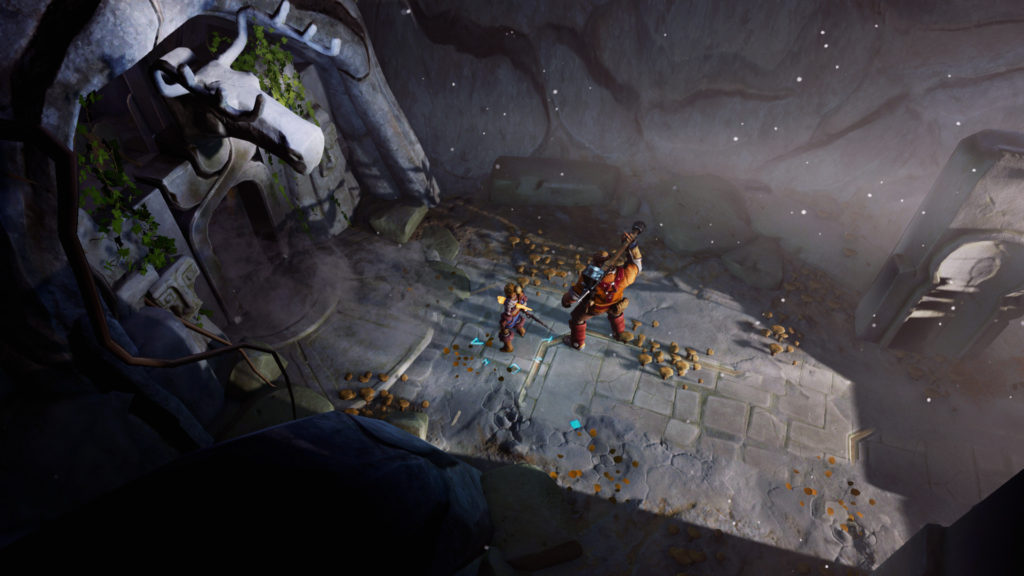
Iron Danger is a game that pretty much defies classification. It’s a fantasy game that’s tactical, but not turn-based or RTS. It’s not exactly grid based either, but more akin to a Warhammer tabletop playfield. You play Kipuna, a village girl whose village is decimated by the evil Northlanders and ends up, well, impaled. ‘Death, but not for you, Kipuna.’ Kipuna manages to survive because she’s impaled by a Shard, a magical gemstone that preserves her life and, according to the spirit conveniently beneath her village, gives her magical powers to stop and reverse time, even after her own death. This is the basis for the key mechanic of the game, the ability to reverse time and decisions.
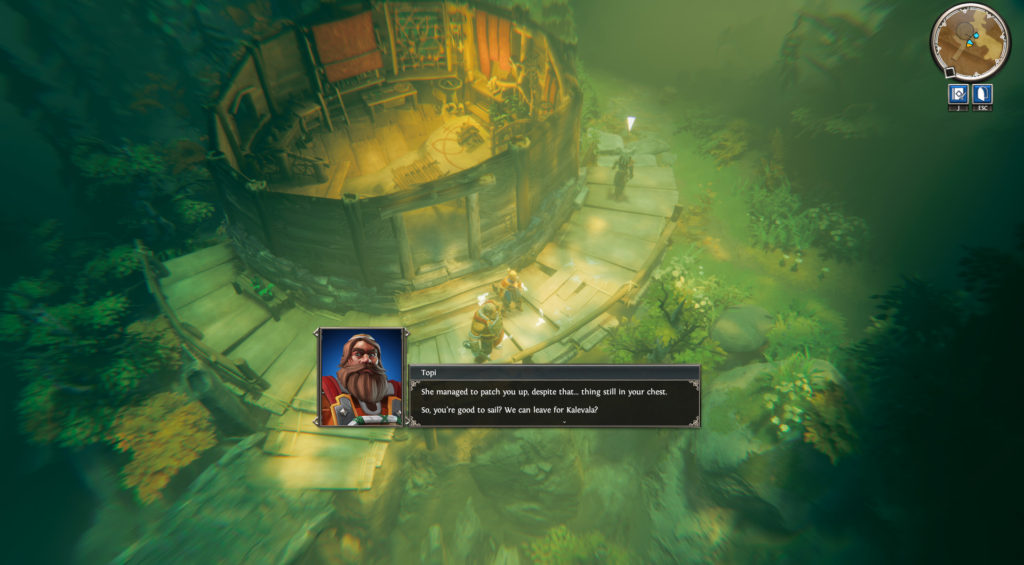
Most time-based games have some sort of basic rewind function, but Iron Danger is a bit more complex. Instead of simply rewinding and trying something else, you can instead rewind by up to five seconds, broken up into ‘heartbeats’. These heartbeats are tracked on a graph at the bottom which overlays your tactical orders from the menu. You can pause at any time, rewind with the scroll wheel or by clicking on the graph, and re-order your characters to run, attack, use magic or items, or any number of additional options that unlock over the course of the game. This allows you to essentially manipulate combat then play it back out like a video editing project until you get it just right and manage to survive. While the basic idea might remind you of games like Braid, it’s a lot more immersive and you’ll find that managing combat this way is fairly challenging!
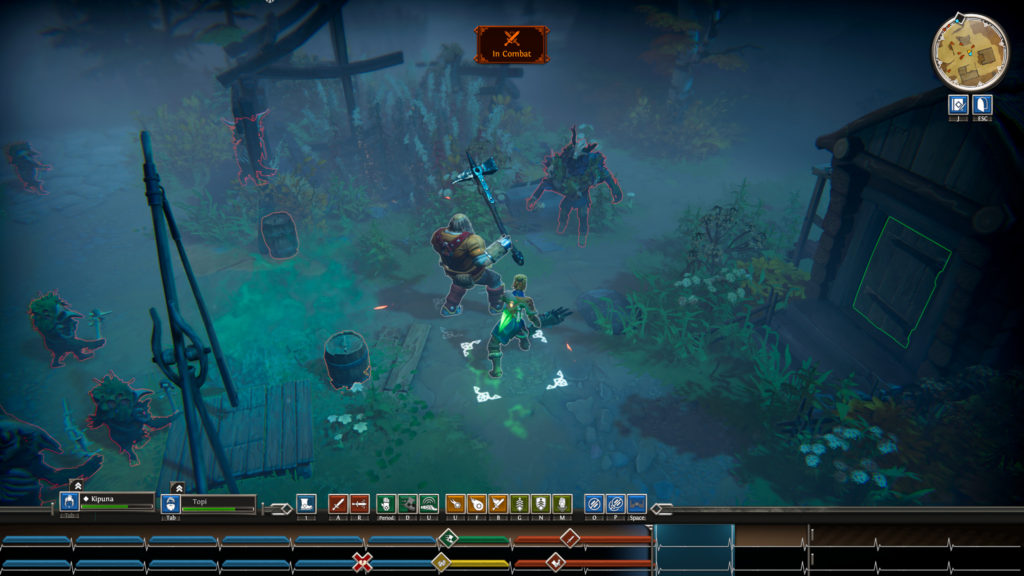
Kipuna is quickly joined by Topi, a blacksmith, and they find themselves on an adventure, one that pits them somewhat unwillingly against their own leaders and discovering that not everything in their world is exactly what it seems. The plot is a bit thin and Topi seems rather trepidatious for a blacksmith, but it carries the gameplay well enough. Scripting is also a bit forced and neither Topi nor Kipuna are nearly as compelling as they could be, although they do eventually start to grow on you. That’s a general issue across the board with Iron Danger, everything moves a bit too slowly at first. Gameplay, storyline, and characters all grow at a seemingly glacial pace for the first couple of hours. This is no epic fantasy the likes of Game of Thrones or The Wheel of Time however, and by the time you start to be actually interested in the characters and plot much, you’re likely about halfway through the game.
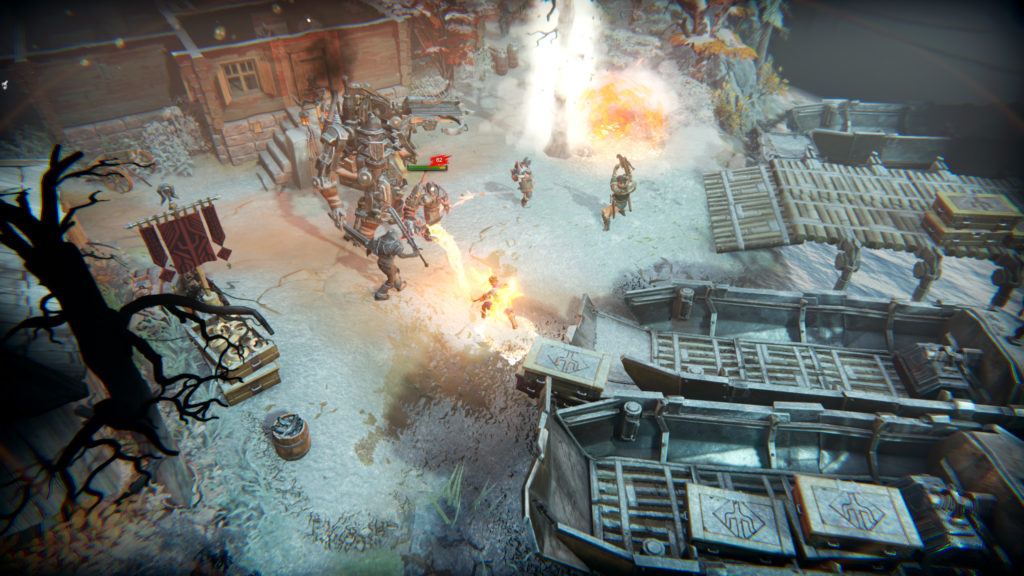
Gameplay itself is a bit of a mixed bag as well. The heartbeat mechanic works well, but it takes some serious practice and is incredibly frustrating for the first couple hours as you learn what tactics work well and try to back things up before you’re hopelessly cornered. One of the more interesting parts of combat is the amount of environmental interaction available. Enemies are coming at you from all sides, but that dead tree looks structurally unsound. Simply hit it with a fireball and it weakens and falls, crushing the onrushing enemies. Throw out a bear trap in the tall grass and enemies are pinned, easy targets for your magic, which also happens to set the grasses around on fire, burning up anything in its path. That unfortunately includes you, as Kipuna and Topi are not immune to the effects of their attacks. Shoot a fireball too close or while you’re standing in a field of dry grain and you get incinerated along with the enemy. The realism is both appreciated and irritating at the same time, as Iron Danger’s environmental effects hit everyone, but escaping from a danger zone before attacking can be tough when there’s a horde of angry enemies thirsting for your blood and nipping at your heels.
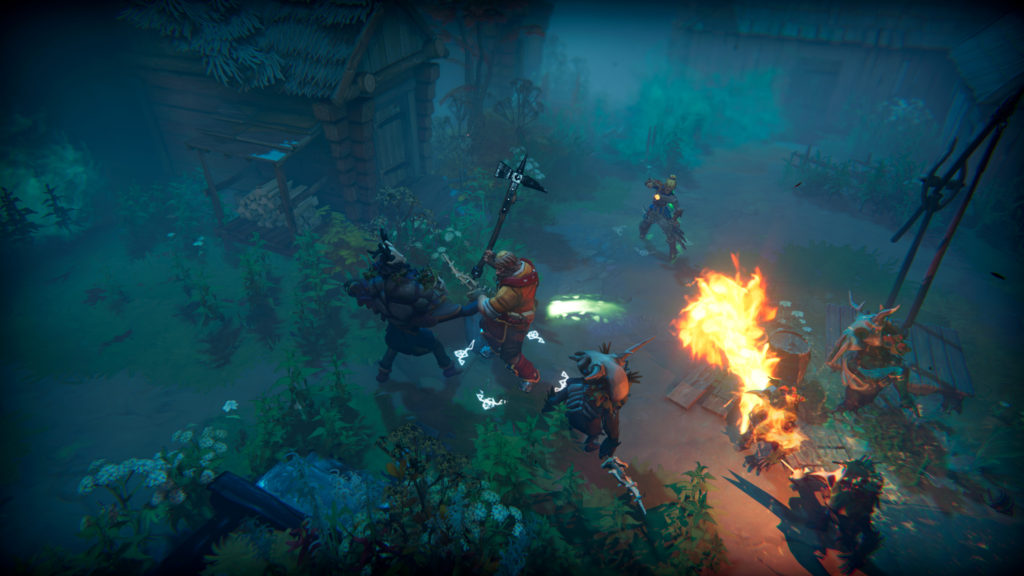
Stealth is an alternative too, but be sure to use your time powers, because if you don’t, your companion will likely walk straight in front of the enemies while you hide, a sure-fire way to initiate combat rather than avoiding it. Backstabbing the enemy is also fun, as is tossing a barrel of oil at them and then igniting it with a fireball immediately, incinerating all opponents. There are a myriad of ways to approach each combat, but just as often as not, you’ll get swarmed by enemies that are faster than you, have more range by a ridiculous margin, and hit much harder than you do.
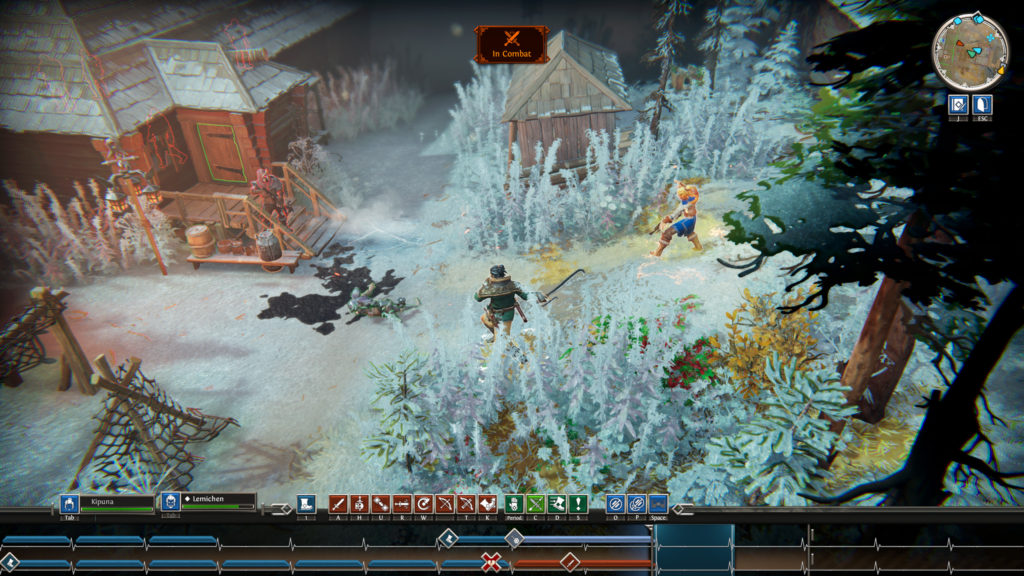
About half of the battles end up being tests of patience as you’re killed over and over again, looking for that one little opening to squeak through before being brutally butchered by a giant, um, grouse. Move too far in a shift and the enemy AI adjusts to track Kipuna instead of Topi or vice versa. Don’t change enough and get slammed over and over until you find a new solution. Not every situation can be completely avoided and you will take damage no matter what, but after a while, you’ll learn to chain attacks so that as one of your characters hits, the other steps in and gives them a second shot, working in tandem to survive together. Ignore the graph at the bottom at your peril, since if you just leave one character standing around while you focus on what moves work for the other, you’ll quickly surpass the five heartbeats allotted and miss your chance to work both characters in tandem. It’s faster than it sounds, even though combat is paused most of the time.
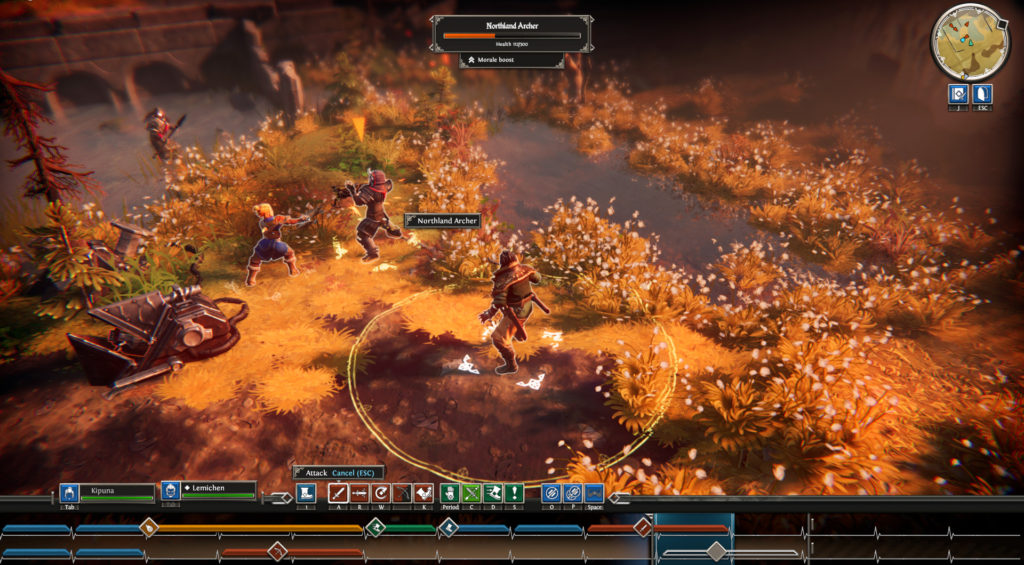
Once you get a rhythm going, you can blaze through Iron Danger pretty quickly, and you’ll be done with it in somewhere around 10-15 hours or so, depending on your skill level at games like these and how calculating you are. The gameplay is interesting and challenging, if a bit broken. There’s no real way to fail, especially if you don’t unpause combat, and eventually, you’ll manage to muddle through every fight one way or another. The camera is a bit awkward to move, but you eventually get used to it. The disparity of power between your characters and the enemy is extreme, with every hit they land on you doing significantly more damage than you can return, especially at first. The same goes for enemy projectile ranges, which are simply unfair as all hell. Thankfully there are a ton of healing items littered about the landscape. Grab whatever you can because you’ll need those breads and berries later! There are also mushrooms that reset your cooldowns for abilities, a fantastic item that especially helps Kipuna in attacking more frequently with magic.

Iron Danger has an almost dated visual style as well, one that feels like the old rendered pixel art from the late 90s and early 2000s. While detailed and cleanly rendered, characters and environments have an almost softened look to them. It’s surprisingly reminiscent of the old PC game Septerra Core, even though that excellent game is a pure RPG and sci-fi based. You’d almost swear some of the artists for Iron Danger either worked on that game or were inspired by its look. Musically, Iron Danager manages to showcase an excellent soundtrack and it’s easy to find yourself humming a few of the songs.
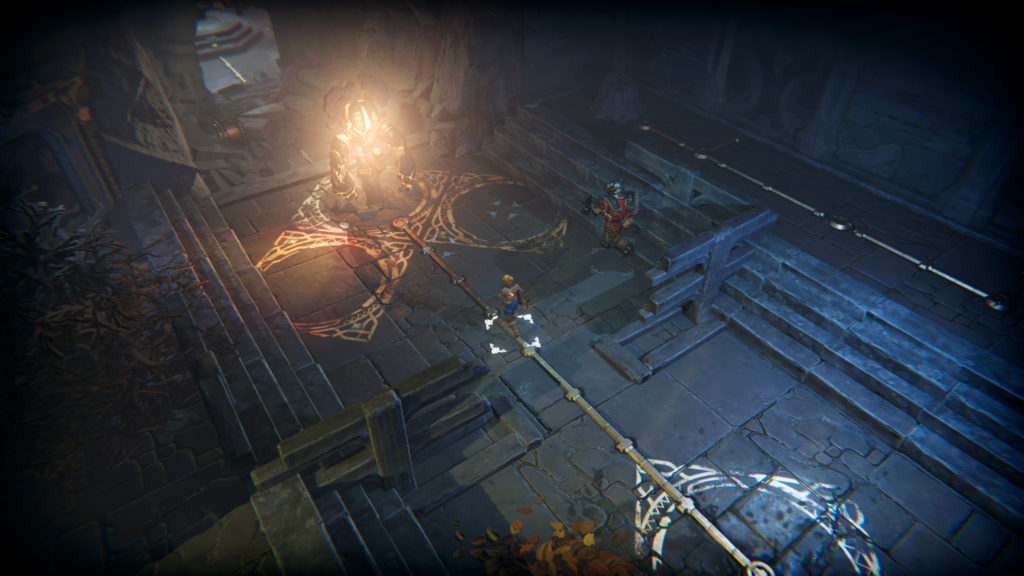
While the narrative won’t win any awards for Iron Danger and it doesn’t look as stylized as it could, the core gameplay is solid. Enemies are bit unbalanced, but not to the point where the game is unplayable. It’s nice to see a bit of a challenge from a unique combat system though, and getting the knack for efficiently controlling time in combat is surprisingly rewarding. All in all, Iron Danger is a mixed bag, not reaching the epic storytelling of other fantasy games, nor achieving the status of a tactical masterpiece. However, that being said, Iron Danger is fun, it’s well-designed, and it plays well. Load times are fast on a gaming PC and the interface is clean and intuitive with no muddled confusion, even as things get more and more complex. In short, this is a solid, fun experience, with a unique and enjoyable combat system, and only a few hitches. The length is just right and you’ll get your money’s worth out of Iron Danger and have a good time doing it!
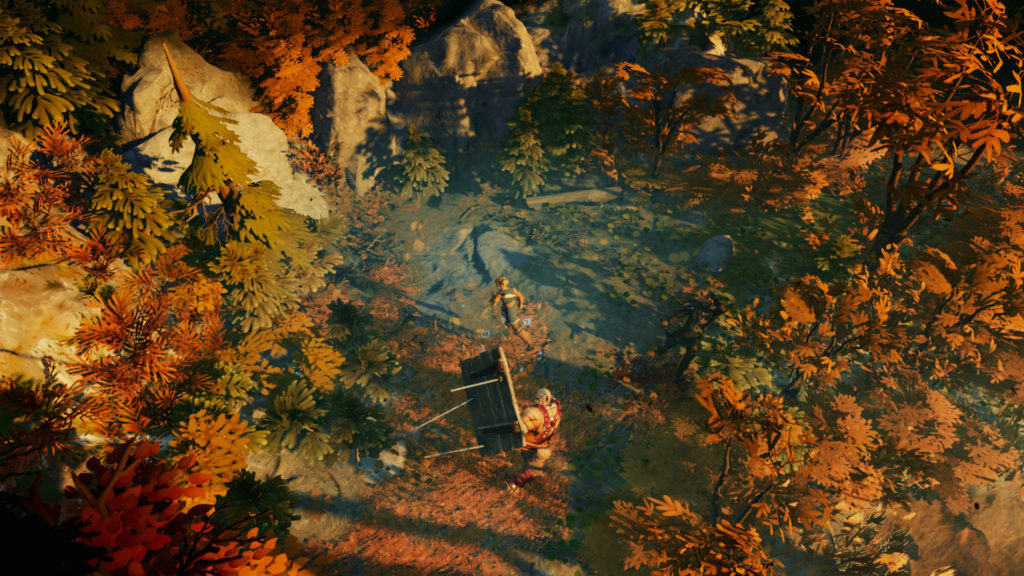
This review was based on a digital copy of Iron Danger provided by the publisher. It was played on a gaming PC using an I7-8700K with 16 GB of DDR4-3000 RAM, and an Asus GeForce GTX 1080 ROG Strix graphics card. Iron Danger is exclusive to Steam at this time.

